Last Updated
Chichén Itzá and Tulum were the first and third most visited archaeological sites in Mexico, according to data from the National Institute of Anthropology and History (INAH).
Of the 15 archaeological sites that accounted for over 1% of total visitors, 6 were from the states of Yucatán or Quintana Roo.
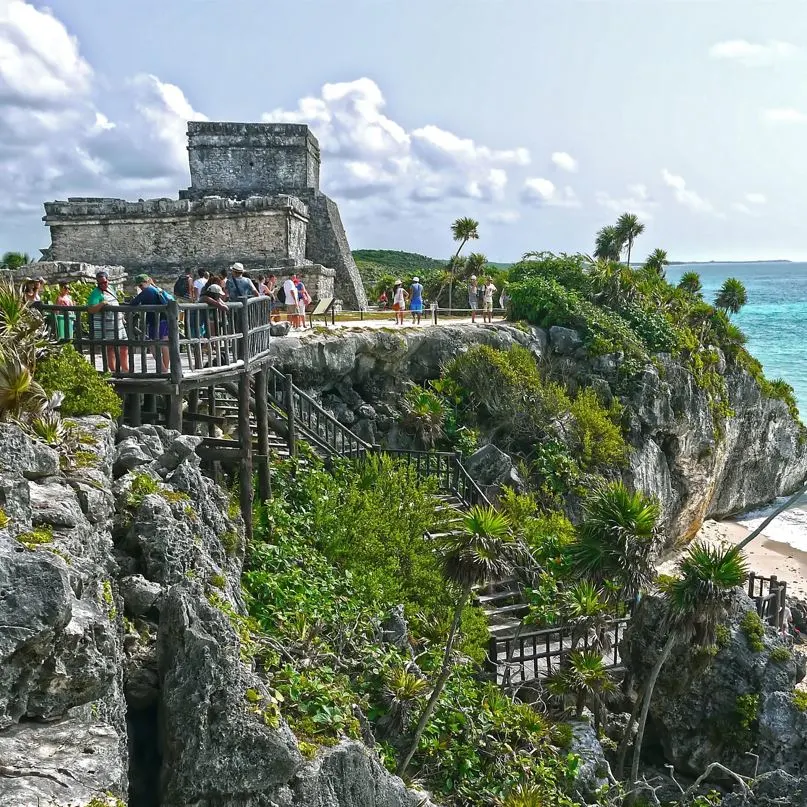
Other noteworthy archaeological sites on the Yucatán Peninsula include Uxmal, Ekbalam, San Gervasio, and Chacchoben.
The Maya Riviera is home to some of the most impressive historic landmarks and human heritage sites in the world.
Here is a look at why archaeological sites in Quintana Roo and Yucatán account for more than half of all archaeological tourism in Mexico:
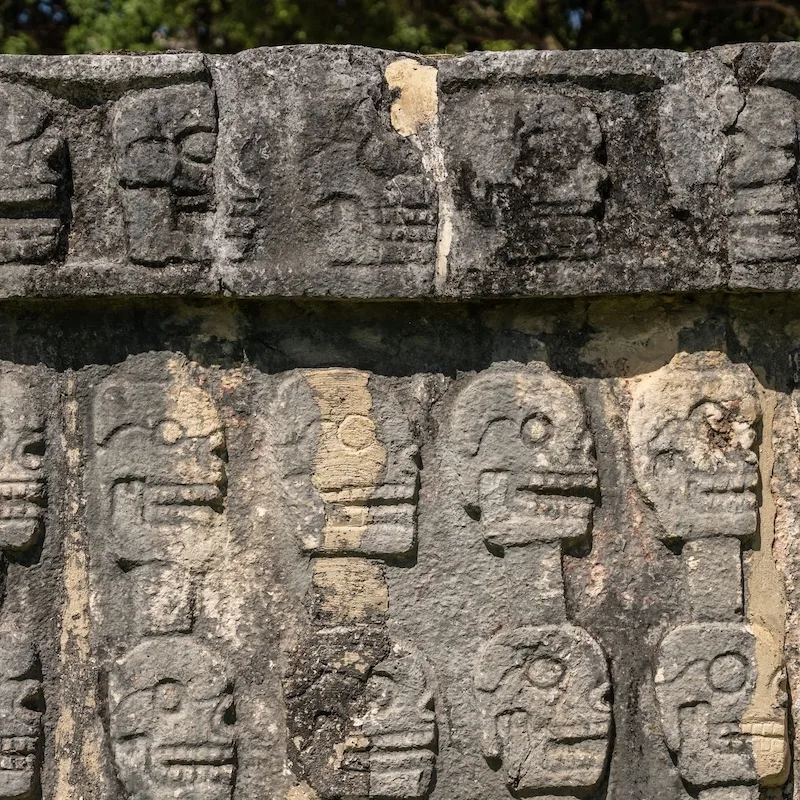
Chichén Itzá
Chichén Itzá is once again the most visited archaeological site in Mexico. But what keeps tourists flocking to the historic center of Mayan culture and civilization?
Chichén Itzá is one of the 7 Wonders of the World and a UNESCO World Heritage Site.
UNESCO writes that the monuments of Chichén Itzá “are among the undisputed masterpieces of Mesoamerican architecture because of the beauty of their proportions, the refinement of their construction and the splendor of their sculpted decorations.”
History of Chichén Itzá
Chichén Itzá has a history that dates back to 400 A.D., when the Itza people founded a town in between two cenotes, or underground springs that are now known by tourists as beautiful spots to swim and enjoy nature.
Top 5 Travel Insurance Plans For 2023 Starting At $10 Per Week
Easily Earn Points For Free Travel
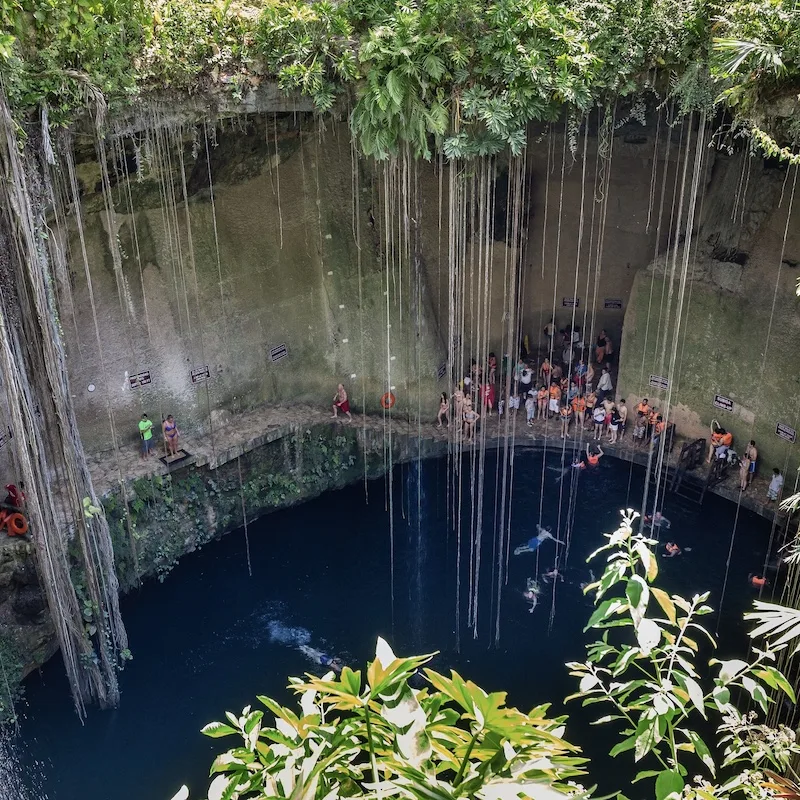
The settlement would become a hotspot of civilization and cultural fusion on the Yucatán Peninsula. Mayan culture flourished until the 10th century when the Toltec King Kukulkan conquered Chichén Itzá and the surrounding areas.
The result was a fusion of cultures and an age of incredible achievement in construction and architecture.
During this period, some of the most recognizable features of Chichén Itzá were constructed.
The Pyramid of Kukulkan
Towering over Chichén Itzá is the Pyramid of Kukulkan, also known as the Castle.
Built after the Toltec conquest of the Yucatán, the pyramid is the amongst the most iconic remains of pre-Hispanic civilization in the Americas.
Tourists visiting during the spring or fall equinox get to experience the grandeur of the ancient civilization in full effect. At this time, a “snake of light” descends upon the pyramid.
The “snake of light” is a magical effect where seven triangles of light are projected upon the Pyramid of Kukulkan. As the sun descends from the sky, the triangles move, creating the image of a snake slithering through the steps of the pyramid.
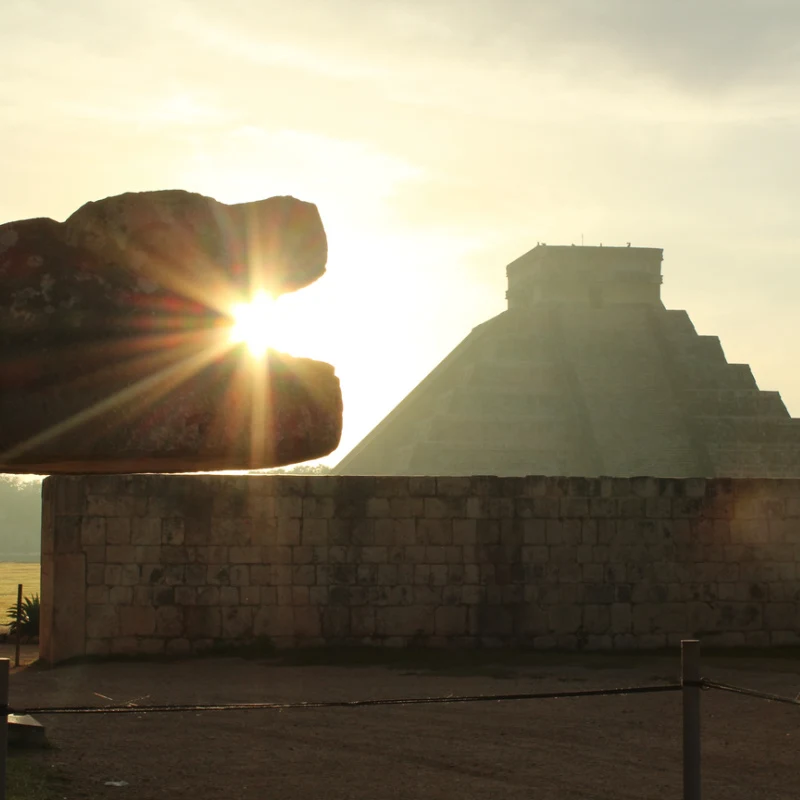
The Ball Game Court
At Chichén Itzá, visitors can experience firsthand the ball game characteristic of Meso-American societies.
The rules of the game are not completely understood, but historians do know that players used their hips and thighs to move the ball through the 225-by-545-foot court.
To this day, visitors can experience the mysterious acoustic effect of the ball court. A whisper from one end of the court can be heard clearly from the other end.
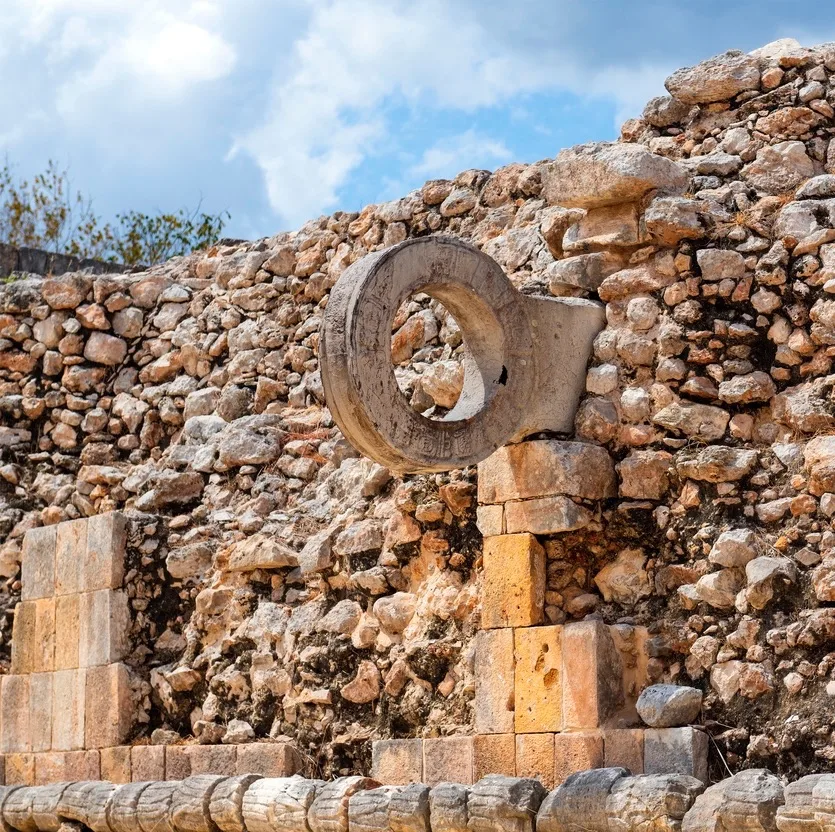
The Tulum Archaeological Zone
The third most visited archaeological site in Mexico can be found in Tulum, a city south of Cancun known for its beautiful beaches and adventure tourism.
Sitting on a cliff overlooking crystal clear blue waters, the Tulum Mayan Ruins are among the most breathtaking landscapes in all of Mexico.
Tulum has been inhabited since at least the 6th century AD and served as the Mayan gateway to the Gulf of Mexico and Central America.
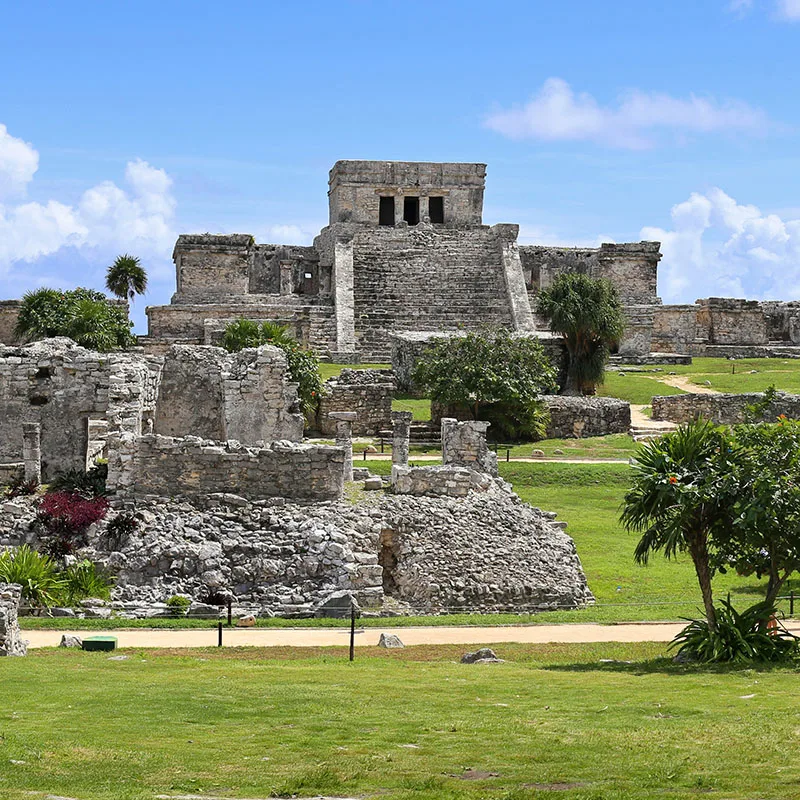
The Tulum Castle
The Tulum Mayan Ruins are known best for the imposing view of the Tulum Castle looking out over the ocean.
Historians believe the castle may have been used for ocean navigation, as it is placed strategically near a reef hidden beneath the waves.
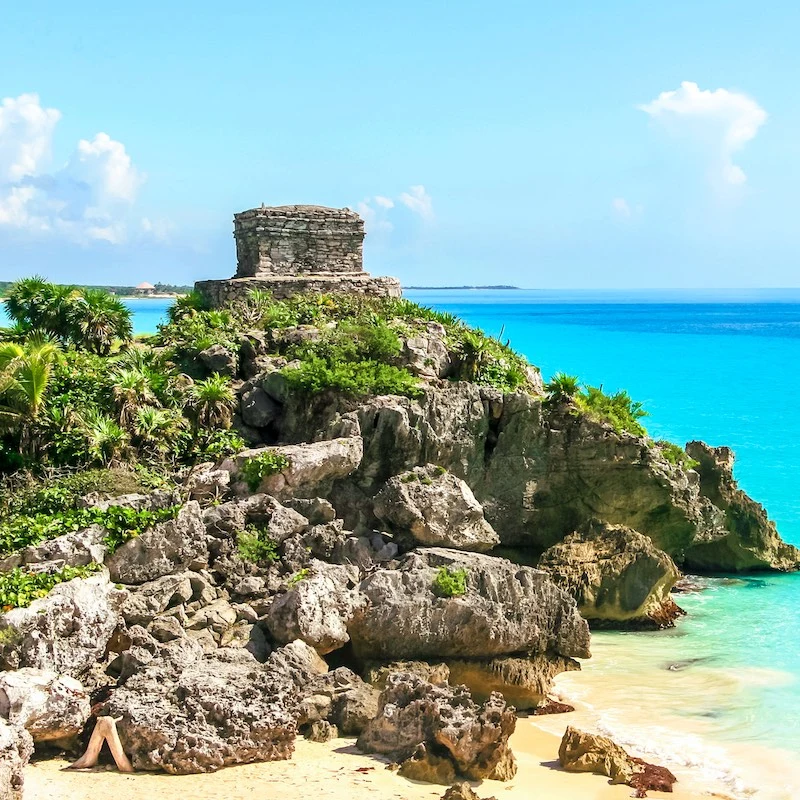
The Tulum Walls
Tulum means “wall” in Mayan, and the Tulum Mayan Ruins live up to their name.
The ruins of the once great settlement are surrounded by walls to the north, south, and west. The east side of the city ran directly into the sea.
The wall has two observation towers and only five entrances, which leads historians to believe that its inhabitants exercised strict control over the flow of people in and out of the area.
Plan Your Next Cancun Vacation:
Traveler Alert: Don’t Forget Travel Insurance For Your Next Trip!
Choose From Thousands of Cancun and Riviera Maya Hotels, Resorts and Hostels with Free Cancellation On Most Properties
↓ Join the community ↓
The Cancun Sun Community FB group has all the latest travel news, conversations and tourism Q&A’s for the Mexican Caribbean

Subscribe to our Latest Posts
Enter your email address to subscribe to The Cancun Sun’s latest breaking news affecting travelers, straight to your inbox.
